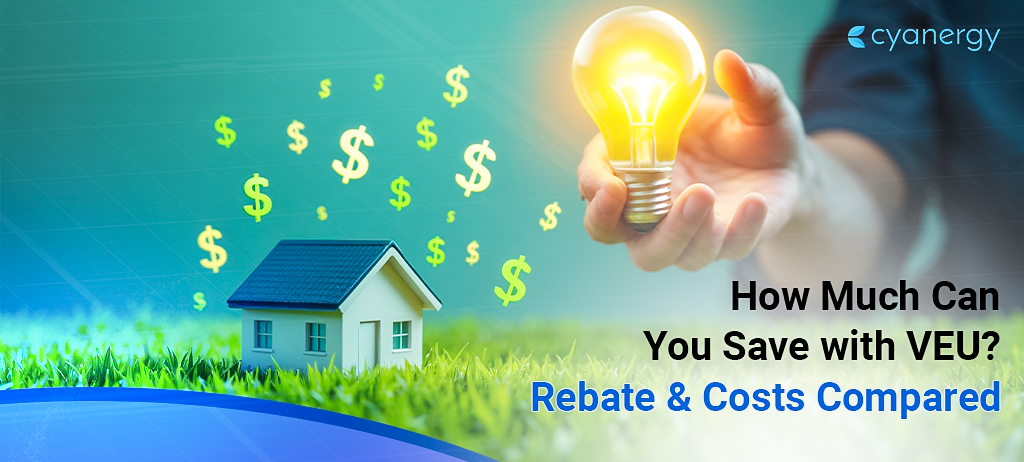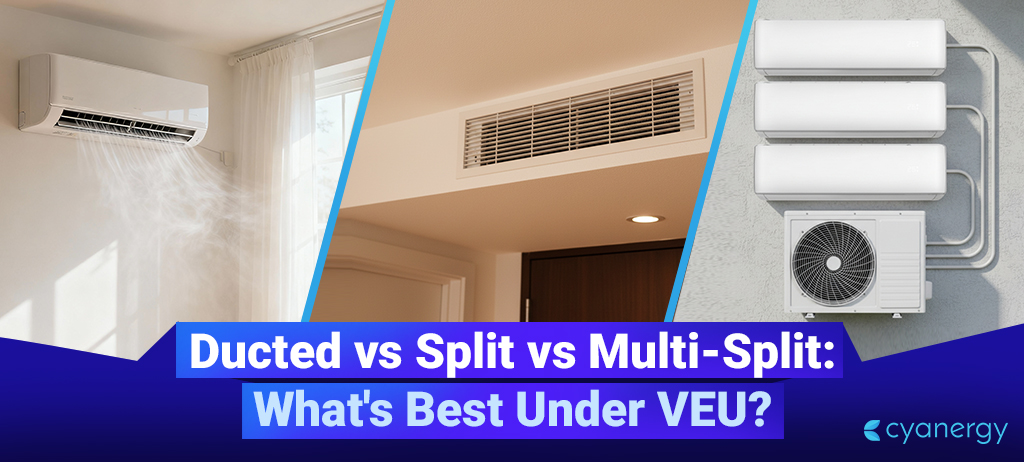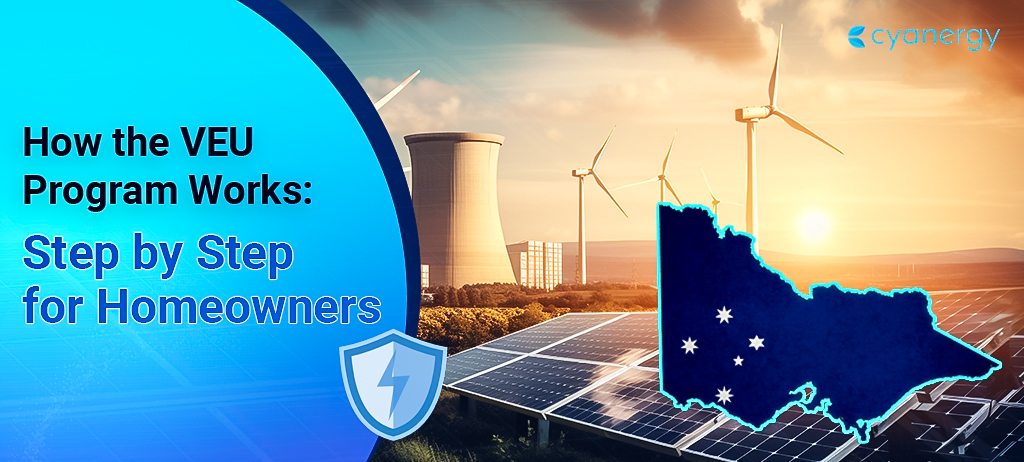The HVAC requirements of commercial buildings are as diverse as their shapes and sizes. However, despite the size, several needs are met daily, such as ensuring that workplaces are comfortable and efficient.
Commercial geothermal systems provide more efficient heating and cooling than others. Geothermal systems with variable refrigerant flow or variable air volume allow for even greater energy and operational cost savings.
What is Geothermal Energy?
Geothermal energy is heat that comes from the Earth. The word “geothermal” combines “geo” (which means earth) and “thermal” (which means heat).
Geothermal resources are placed underground where there is hot water. They can be natural or made by humans and are found at different depths and temperatures beneath the Earth’s surface.
Wells, holes drilled into the ground ranging from a few feet to several miles deep, can access this hot water and steam.
We can bring this hot water and steam up to the surface and use it in different ways:
Electricity Generation:
Deep underground, hot rocks and fluids, along with their ability to move through rocks, can generate electricity. Fluid flows through these hot rocks, absorbing their heat. This heat is then used to create steam that powers turbines to produce electricity.
Heating and Cooling:
Geothermal resources can heat and cool buildings. Geothermal heat pumps can transfer heat between the ground and buildings, providing warmth when it’s cold and cooling when it’s hot outside. This method can also be used on a larger scale to heat and cool parts of commercial buildings or entire communities.
Direct Use:
Deeper wells can draw water directly underground to heat buildings, spaces, or industrial processes like fish farming, greenhouses, or drying materials like pulp and lumber.
Geothermal energy is a renewable and sustainable source of power that can be used in many ways to generate electricity and provide heating and cooling without relying on fossil fuels.
What is a Geothermal Heat Pump?

A geothermal heat pump is a system that moves heat using electricity. It works like air conditioners or refrigerators. The unique thing about geothermal heat pumps is that they use the consistent temperature below the Earth’s surface to heat or cool buildings.
About 30 feet underground, temperatures stay pretty much the same all year—around 50 °F (10 °C) to 59 °F (15 °C). In Australia, the ground is usually warmer than winter and cooler than summer.
Geothermal heat pumps use this steady underground temperature to heat homes during winter and cool them during summer efficiently. They transfer heat between the ground and buildings to keep indoor temperatures comfortable.
What is in a Geothermal Heat Pump System?
An underground heat collector: A geothermal heat pump uses the earth as a heat source and sink (thermal storage), using a series of connected pipes buried near a building. The loop can be buried either vertically or horizontally.
It circulates a fluid that absorbs or deposits heat to the surrounding soil, depending on whether the ambient (outside) air is colder or warmer than the soil.
A heat pump: When ambient temperatures are colder than the ground, a geothermal heat pump removes heat from the collector’s fluids, concentrates it, and transfers it to the building.
When ambient temperatures are warmer than the ground, the heat pump removes heat from the building and deposits it underground.
A heat distribution subsystem: Conventional ductwork distributes heated or cooled air from the geothermal heat pump throughout the building.
Where Can Geothermal Heat Pumps Be Used?
GHPs could be:
- They are used to heating and cooling a single house, one business, or an entire community (college campus, neighborhood, etc.).
- Implemented as part of new construction or retroactively added to existing buildings
- They are installed in urban or rural areas.
Some systems can supply hot water to homes and businesses.
Is A Geothermal Heat Pump The Same As an Air-source Heat Pump?

No, geothermal heat pumps (GHPs) differ from air-source heat pump hot water systems. GHP systems exchange heat from the earth, whereas air-source heat pumps exchange heat from the atmosphere.
Geothermal systems have been shown to be quieter, last longer, and require less maintenance than air-source systems.
They are also unaffected by the outside air temperature. Geothermal systems are typically more expensive than air-source systems, but energy savings often offset the extra costs.
For the best air-sourced heat pump, contact Cyanergy and go to our commercial heat pump page.
Advantages of Geothermal Energy
- Renewable: The heat inside the Earth keeps renewing due to the natural breakdown of radioactive materials. This renewable energy source will continue to be available for billions of years.
- Reliable and Adaptable: Geothermal power plants consistently produce electricity and can operate non-stop, 24 hours a day and seven days a week, regardless of weather conditions. They can also adjust their electricity production to match changes in demand.
- Local: In Australia, we can use our own geothermal resources to generate power and heat and cool without needing to import fuel from elsewhere.
- Takes Up Little Space: Geothermal power plants and heat pumps are compact. They use much less land per gigawatt-hour than coal, wind, or solar panel power stations. Geothermal heat pumps can easily be added to existing buildings or incorporated into new construction.
5. Environmentally Friendly: Modern geothermal power plants don’t produce greenhouse gases and have significantly lower lifecycle emissions than solar PV and natural gas technologies. They also use less water over their lifespan than most traditional electricity generation methods.
Geothermal Systems To Boost Energy Efficiency In Commercial Buildings
Using a sizeable geothermal heat pump in a big building is becoming more popular, and it’s clear why. These pumps are suitable for the environment, they give reliable and comfortable heating, and they can save money on operating costs for many years.
Here’s how a geothermal heat pump works in a big building:
It moves heat from one place to another using a refrigeration process. In a commercial building, a set of heat pumps takes heat from a renewable energy source in the ground.
The heat pump boosts the temperature of this low-grade heat and transfers it to the building’s heating system (often using radiant in-floor heating or hydronic fan coils) through a heat exchanger.
In the summer, this process is reversed. The heat pumps take heat from inside the building and release it into the ground, providing cooling.
Boost Your Efficiency with Simultaneous Heating and Cooling

Geothermal heat pumps are super efficient and the best heating and cooling option. Instead of creating heat from oil, gas, or electricity, they move it around. For instance, electric heating systems produce 1 watt of heat for every watt of electricity used.
Geothermal heat pumps, though, move 4.1 watts of heat for every watt of electricity. This high efficiency (or coefficient of performance, COP) of 4.1 means huge savings on your bills.
Simultaneous heating and cooling is a smart way to double your COP from 4.1 to 8.2, cutting your costs even more. Here’s how it works:
Multiple heat pumps are linked together between hot and cold tanks. The hot tank sends heat to heating areas, while the cold tank cools the cooling zones.
When the system runs, heat pumps take heat from the cold tank and move it, along with compressor energy, to the hot tank. This warms the cold tank and cools the hot tank.
If the heating and cooling needs are balanced, the system doesn’t need extra energy from the ground loop. But most of the time, there’s an imbalance. In that case, the fluid circulating in the system goes to the ground loop to add or remove energy to balance things out.
This system can heat and cool simultaneously with a hot and cold tank. For example, one two-ton heat pump can cool and heat, giving you four tons of comfort while only using the power of one two-ton unit.
This setup is perfect if your building requires heating on one side and cooling on the other. It’s much more efficient than a regular heat pump system because both sides of the pump are working to save you money.







